Amidst the bitter cold of the Northeastern mountains, Ha Giang is still warmed by the gentle smiles of ethnic people, by the colorful love markets and by the buckwheat flower fields that dye the sky purple every autumn. The journey to discover Ha Giang is an emotional adventure, where every step brings interesting things. Ha Giang is always an ideal destination for those who love beauty and desire to explore. Join Vietravel to explore Ha Giang travel experiences through the article below!
1. A few words about Ha Giang land
Ha Giang is the northernmost land of Vietnam (Photo source: Collected)
Ha Giang is a green land, a majestic limestone plateau, a beautiful natural picture that nature has bestowed upon Vietnam. Located in the northernmost part of the country, Ha Giang is not only the northernmost place but also a dream destination for those who love to explore. The East borders Cao Bang, the West borders Yen Bai and Lao Cai, the South borders Tuyen Quang, and the North borders China. Ha Giang is like a soft silk strip embracing the majestic mountain ranges, deep valleys and winding rivers.
The center of the province is Ha Giang city, about 320km from Hanoi. However, what captivates tourists are the rugged roads, the ancient villages nestled next to the brilliant buckwheat flower fields. The majestic Ma Pi Leng peak, the deep Tu San canyon, the majestic Quan Ba twin mountains... are masterpieces that nature has bestowed upon this land. With its wild, majestic and poetic beauty, Ha Giang is not only a tourist destination but also an endless source of inspiration for nature-loving souls.
2. The ideal time to travel to Ha Giang
From August to November is the best time to travel to Ha Giang (Photo source: Collected)
Ha Giang is beautiful in every season! When autumn comes, buckwheat flowers bloom brilliantly, dyeing the mountain slopes purple, making visitors feel like they are lost in a fairyland. When winter comes, yellow mustard flowers bloom, creating beautiful pictures under the warm yellow sunshine. When spring comes, plum and peach blossoms compete to show off their colors, bringing a fresh, vibrant atmosphere. And in summer, although there are sudden rains, it is these rains that make the mountains and forests of Ha Giang greener and more pleasing to the eye. According to Ha Giang travel experience, each season in Ha Giang brings different experiences, but all make visitors captivated.
3. How to get around when traveling to Ha Giang
3.1. Travel to Ha Giang
Ha Giang is about 300km from Hanoi, below are some popular means of transport for you to travel from the capital Hanoi to Ha Giang.
Coach
According to Ha Giang travel experience, bus is the most popular and convenient means of transport for tourists from Hanoi who want to go to Ha Giang. You can catch a bus at major bus stations such as My Dinh bus station, Gia Lam bus station or Yen Nghia bus station.
- Travel time: About 6-8 hours, depending on the route and traffic conditions.
- Ticket price: Ranges from 200,000 - 300,000 VND/person/trip.
- Bus companies: Hai Van, Bang Phan, Hung Thanh are reputable bus companies that regularly have routes to Ha Giang.
Motorbike
If you are an adventure lover and want freedom in your journey, you can choose a motorbike to travel to Ha Giang. However, this is only suitable for those with experience and good health because the distance is quite far and there are many dangerous mountain passes.
- Travel time: 8-10 hours.
- Note: You should carefully check the vehicle before the trip and bring all vehicle documents, driver's license, and vehicle insurance.
Private car
If you want comfort and convenience, driving your own car is also a good choice. However, the road to Ha Giang has many steep and winding passes, so you need to have long-distance driving skills and be careful when going through narrow roads.
3.2. Means of transportation within Ha Giang province
When you arrive in Ha Giang, you will have many options to travel between tourist attractions. Below are the most popular means of transport:
Motorbike rental
Renting a motorbike is the most popular and flexible way to explore Ha Giang. You can experience famous mountain passes such as Ma Pi Leng, Quan Ba, or Dong Van by yourself.
- Motorbike rental price: From 150,000 - 200,000 VND/day.
- Note: When renting a motorbike, check the vehicle carefully, especially the brakes, tires, lights and horn.
Car
If you are traveling in a large group or with family, renting a car with a driver is a good choice. This helps you travel more safely and comfortably, especially when the weather is not favorable or the mountain pass is difficult to travel.
- Car rental price: From 1,200,000 - 1,500,000 VND/day (including driver).
Tourist car service (tour car)
To ensure safety and not worry about the road, you can join tours from travel companies. They provide shuttle buses from Ha Giang to famous attractions such as Dong Van plateau, King Meo palace, Lung Cu flagpole...
Taxi
Taxi in Ha Giang is also a safe and convenient means of transport, especially for short journeys within the city or to tourist attractions near the center.
4. The most attractive tourist destinations in Ha Giang
4.1. Dong Van Stone Plateau
Dong Van Stone Plateau is recognized by UNESCO as a Global Geopark (Photo source: Collected)
Dong Van Stone Plateau is one of the most unique geological areas in Vietnam, recognized by UNESCO as a Global Geopark. This land impresses with its majestic rocky landscape, limestone mountains and mysterious wildness. According to Ha Giang travel experience, to fully enjoy the beauty of this plateau, you should plan your trip from September to December, when buckwheat flowers bloom, bringing wonderful scenery to the area.
4.2. Ma Pi Leng Pass
Ma Pi Leng Pass is known as one of the "four great mountain passes" of Vietnam (Photo source: Collected)
Ma Pi Leng Pass is known as one of the "four great mountain passes" of Vietnam, famous for its winding road between majestic rocky mountains. This pass is located on the Happiness Road, connecting Dong Van and Meo Vac, creating a beautiful natural landscape. Ma Pi Leng Pass has a spectacular view down to the Nho Que river canyon below. However, if you plan to drive a motorbike to explore, you need to have experience driving on mountain passes because this road is quite dangerous.
4.3. King Meo's Palace
King Meo's Palace with unique architecture (Photo source: Collected)
The Meo King's Palace, also known as the Vuong family's palace, is a unique ancient architectural work located in the middle of the Dong Van highlands. This mansion used to be the residence of the Vuong Chinh Duc family, a powerful leader of the Mong people. With ancient Chinese-style architecture, this work stands out with its yin-yang tiled roof, solid stone walls and rare wood. When coming here, visitors will hear interesting historical stories about the Vuong family and the imprints of the past.
4.4. Lung Cu Flagpole
Lung Cu Flagpole - A sacred symbol of Vietnam (Photo source: Collected)
This is a sacred symbol, located on the highest mountain peak of Lung Cu commune, Ha Giang, marking the northernmost point of Vietnam. From the top of the flagpole, visitors can see the whole Dong Van plateau with peaceful villages and beautiful terraced fields. However, to conquer the flagpole, you need to climb about 400 steps, according to Ha Giang travel experience, prepare good health and bring drinking water to stay strong.
4.5. Dong Van Ancient Town
The peaceful beauty of Dong Van Old Quarter (Photo source: Collected)
Dong Van Old Quarter is a special destination with ancient houses, bearing the mark of mountain and forest architecture. The space here is small but impressive with ancient earthen, stone and wooden structures. Tourists come to the old quarter not only to admire the cultural beauty of ethnic minorities, but also to enjoy local specialties. According to Ha Giang travel experience, you should come to the old quarter on the weekend to experience the market, where many unique traditional products are sold.
4.6. Nho Que River
Nho Que River is a check-in location not to be missed when coming to Ha Giang (Photo source: Collected)
Nho Que River is one of the most beautiful rivers in Northern Vietnam, with emerald green water flowing slowly through deep canyons. Exploring Nho Que River by boat is a wonderful experience, helping you fully feel the natural beauty and peace of Ha Giang. When participating in boating, visitors should prepare carefully for safety and listen to instructions to ensure a smooth trip.
5. Discover Ha Giang cuisine
5.1. Thang Co
Thang Co, a specialty dish of Ha Giang (Photo source: Collected)
This is a traditional dish of the H'Mong people, famous for its rich flavor and unique preparation. Thang Co is cooked from horse organs, combined with many typical spices such as cardamom, cinnamon, lemongrass and chili. When enjoying, you will feel the harmony of the ingredients, creating a rich and slightly spicy flavor, suitable to enjoy in the cold weather of the highlands. Experience of traveling to Ha Giang shows that if you want to eat delicious Thang Co, you should visit the highland markets such as Dong Van market or Meo Vac market.
5.2. Ha Giang egg rolls
Ha Giang egg rolls (Photo source: Collected)
Another very attractive dish is Ha Giang egg rolls. Unlike rolls in other localities, Ha Giang rolls are often eaten with hot bone broth, instead of mixed fish sauce. Egg rolls have a thin crust, the inside is a fatty, smooth chicken egg. When enjoying, you can clearly feel the softness of the crust, mixed with the sweet broth, creating a very unique flavor. This is a familiar breakfast dish of Ha Giang people, and you can easily find it at small eateries in Ha Giang city.
5.3. Sour Pho
When you come to Ha Giang, try the famous Pho chua! (Photo source: Collected)
When it comes to Ha Giang cuisine, we cannot fail to mention Pho Chua - a dish originating from the Tay and Nung people living in this area. According to Ha Giang travel experience, Pho Chua is often eaten in the summer to cool down, but is also very popular at other times of the year. This dish is special in its sweet and sour sauce, mixed with soft and chewy pho noodles, roasted pork, roasted peanuts, and thinly sliced cucumbers. The flavor of Pho Chua is very unique, a blend of sweet, sour, and fatty flavors, creating a refreshing dish that is still nutritious.
5.4. Five-color sticky rice
Five-color sticky rice is both pleasing to the eye and delicious (Photo source: Collected)
Next, we cannot miss the five-color sticky rice, a traditional dish of the Tay ethnic group. The five-color sticky rice has eye-catching colors with five main colors: red, yellow, purple, blue and white, each color is dyed from natural forest leaves. The sticky rice is cooked from fragrant, soft and sticky sticky rice with a very unique flavor, often used in festivals or worshiping occasions. Visitors can easily find the five-color sticky rice at highland markets, or even enjoy it right at the home of the indigenous people when visiting Ha Giang.
When the sunset falls on the rocky plateau peaks, Ha Giang puts on a magical coat of mist and sunset. In that moment of transition between day and night, it seems that all the vibrations of the soul are amplified and we suddenly realize that we have left a part of our heart here. Ha Giang is not only a destination, but also a journey of unforgettable experiences and emotions. Let's explore Vietravel's Ha Giang travel experience to have a wonderful journey!
Source: https://www.vietravel.com/vn/am-thuc-kham-pha/kinh-nghiem-du-lich-ha-giang-v15806.aspx


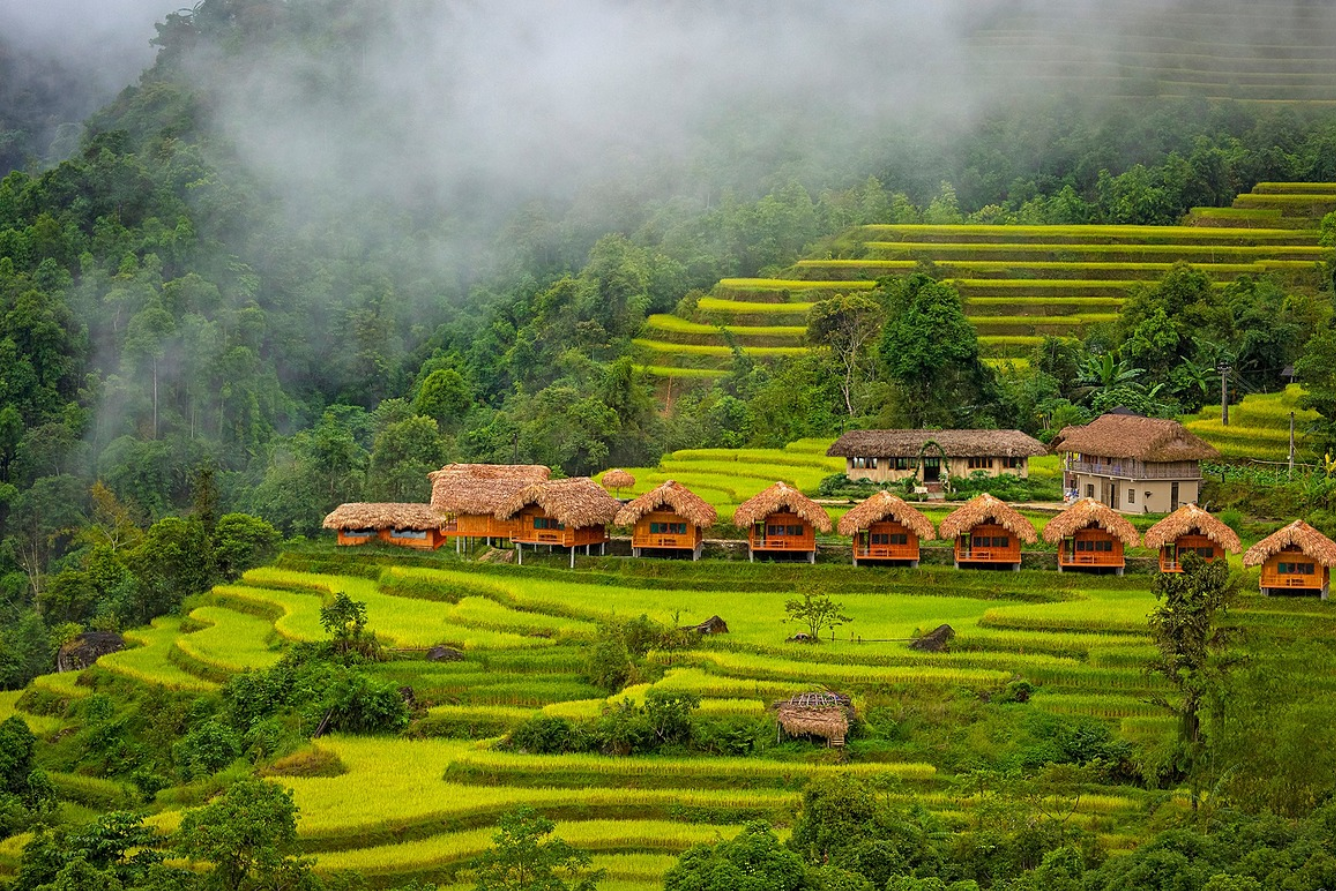
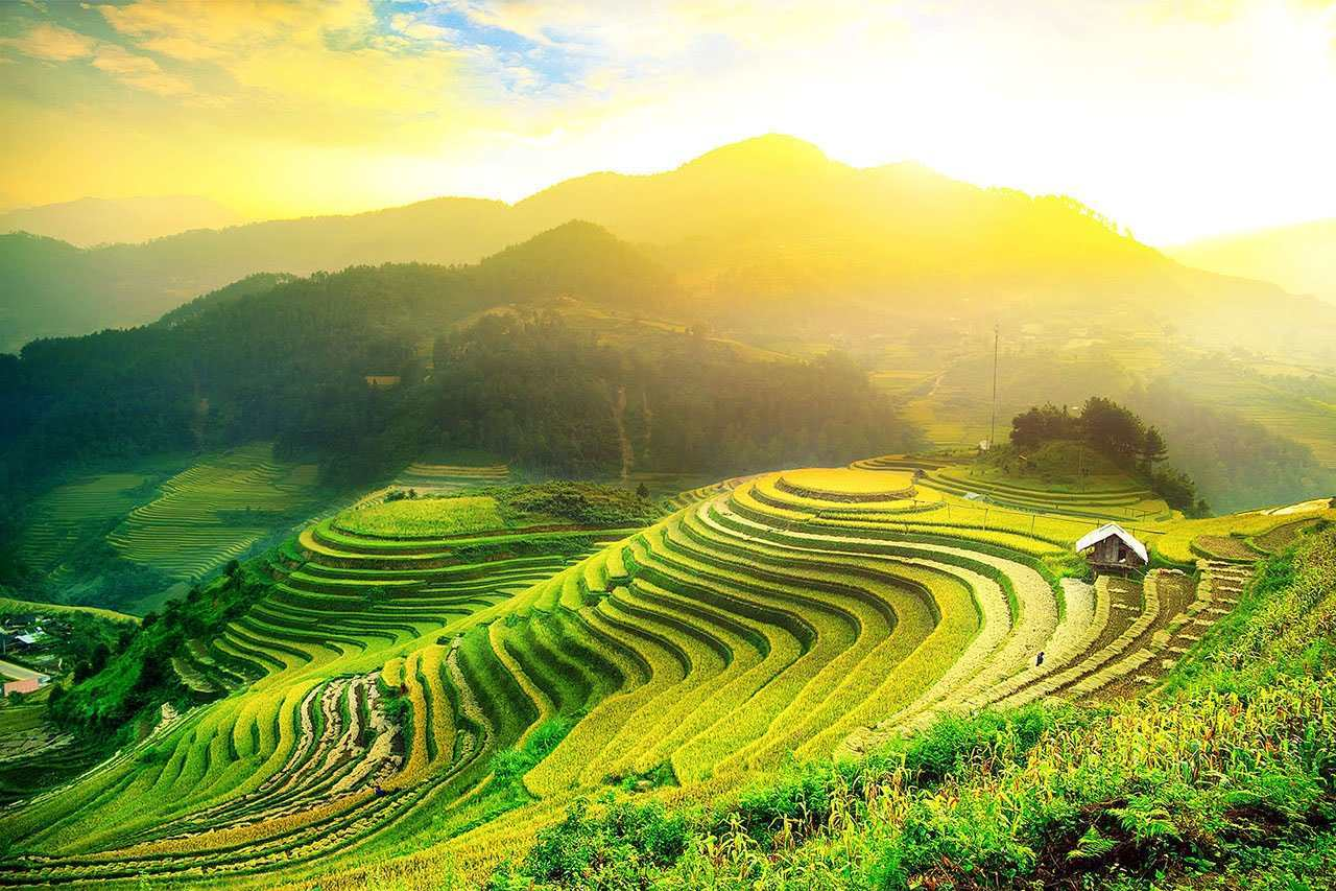
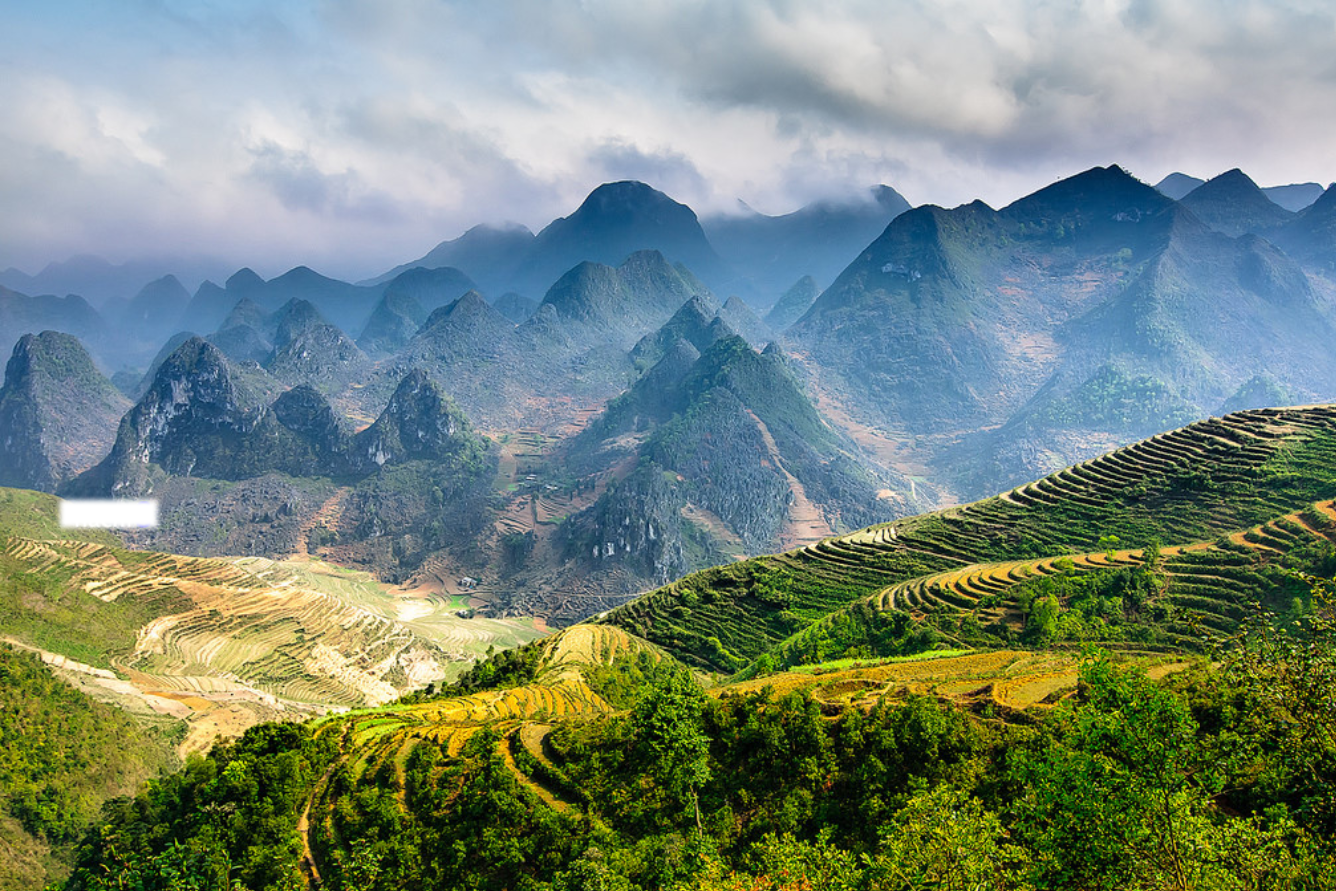
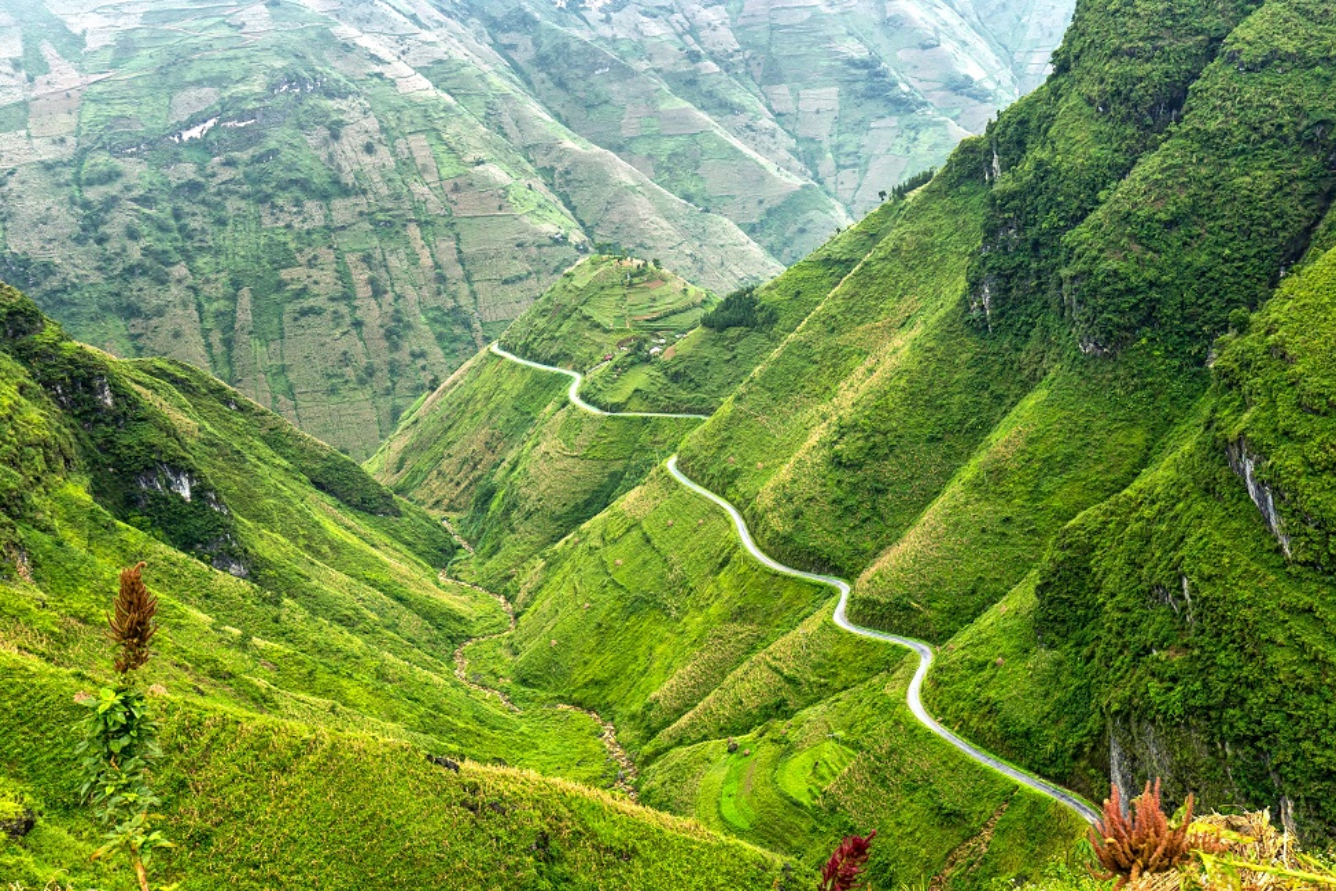
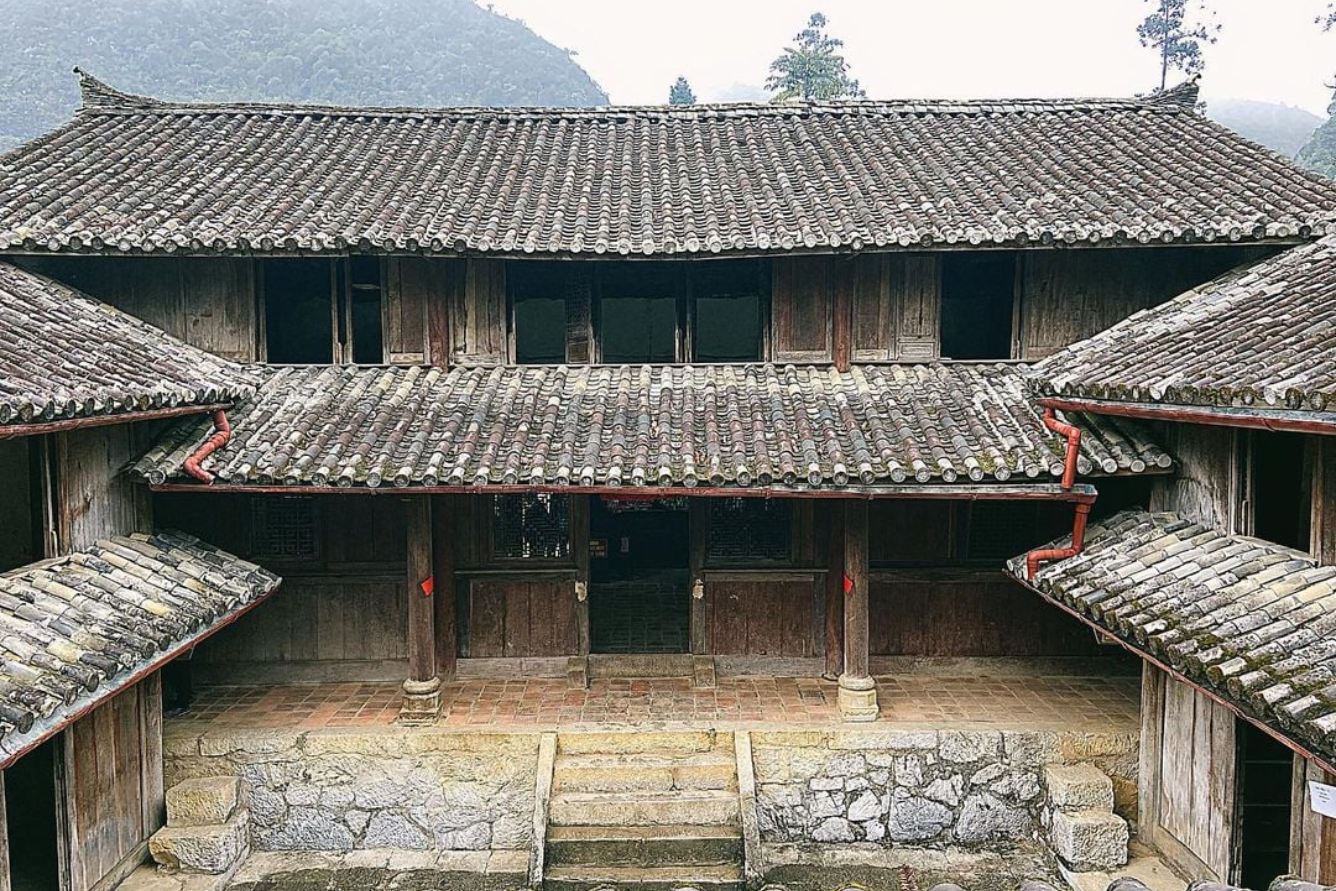
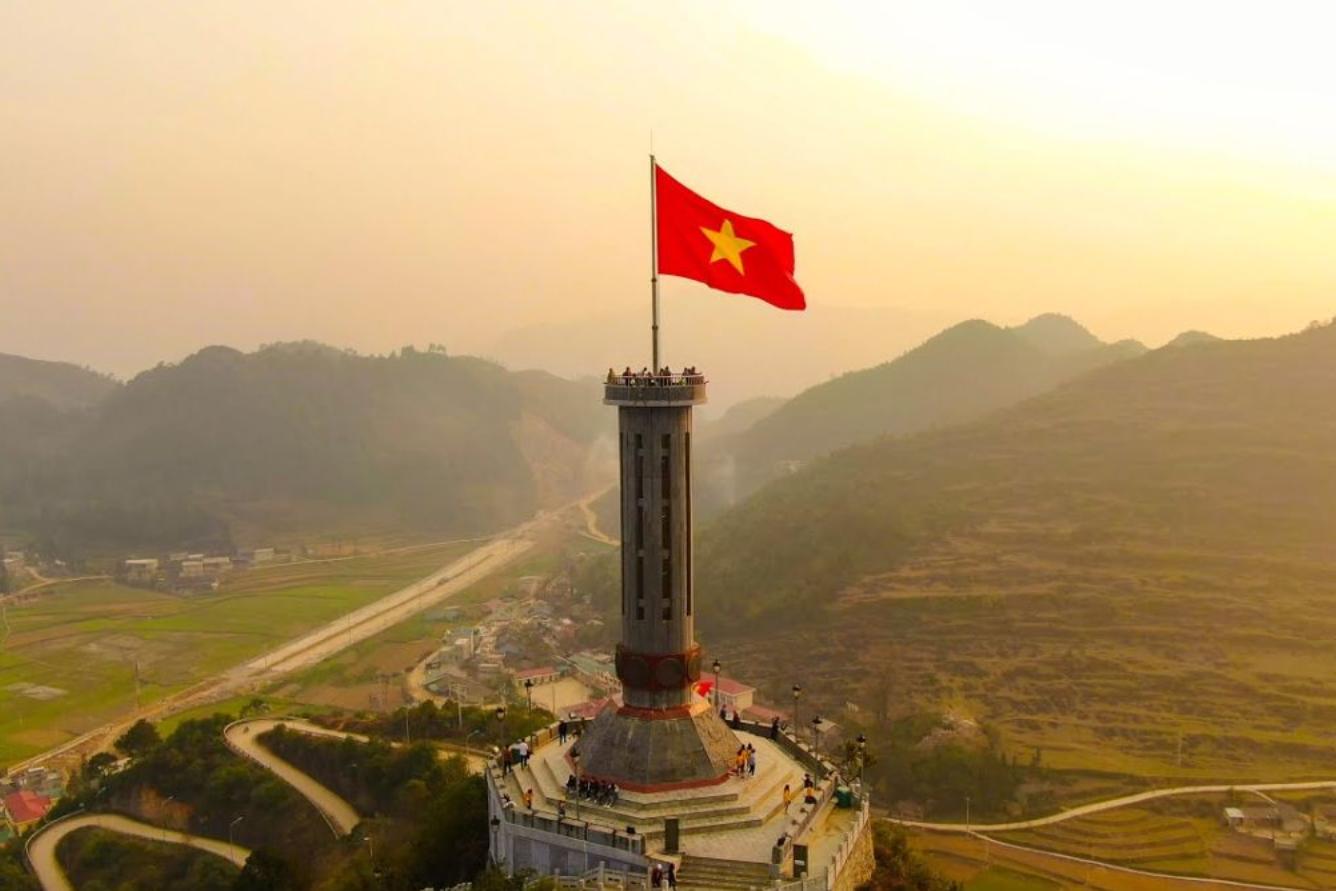
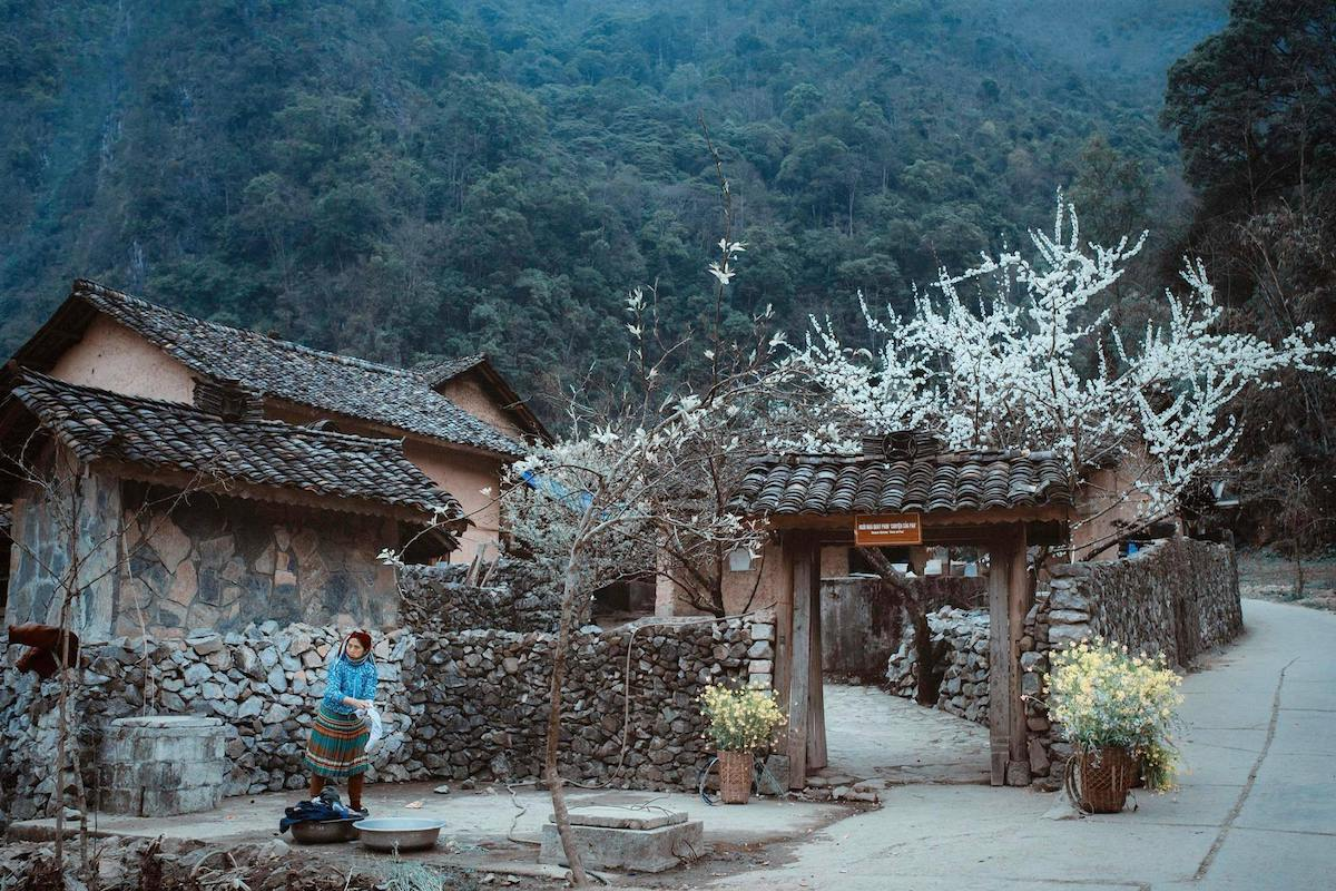
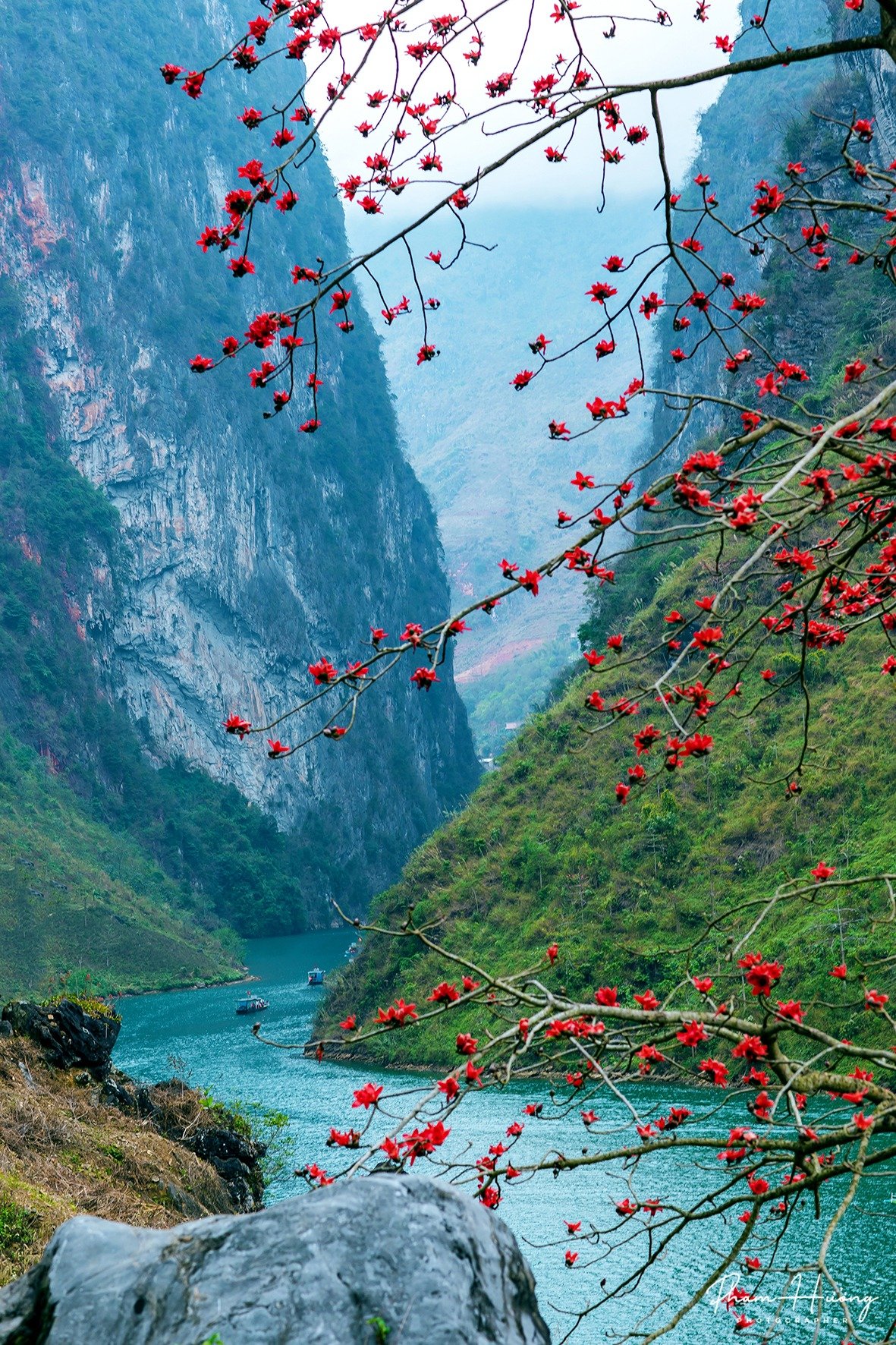
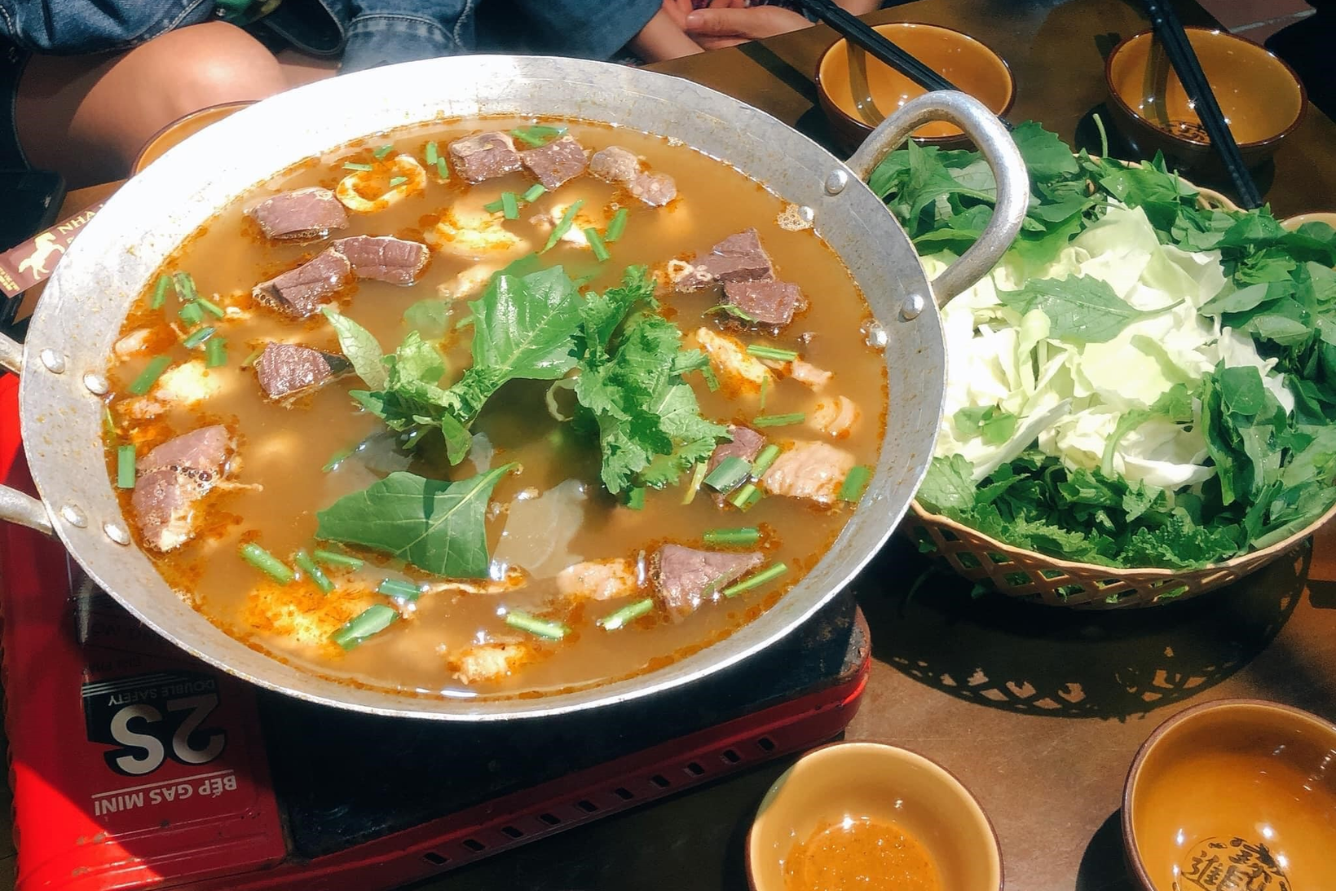
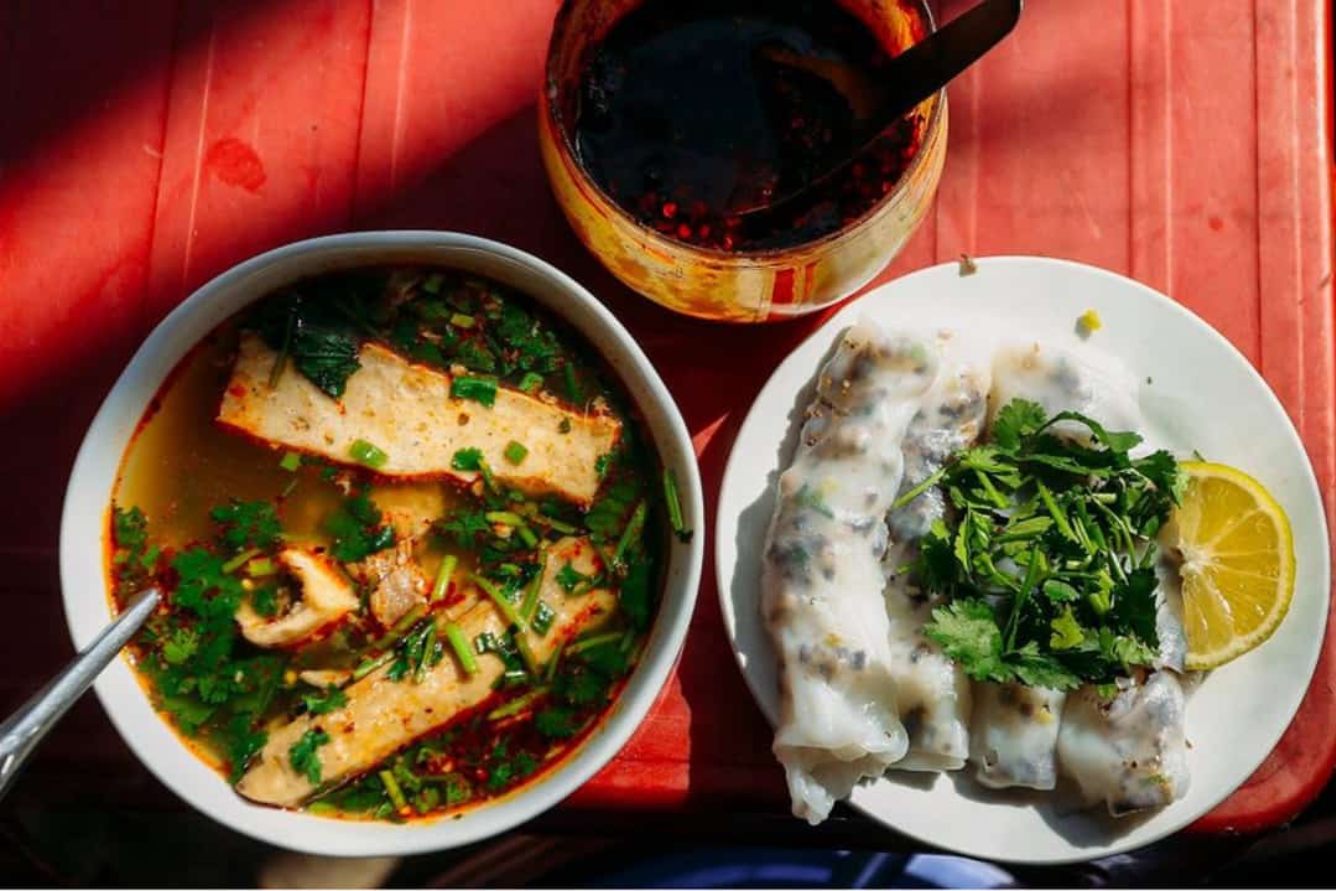
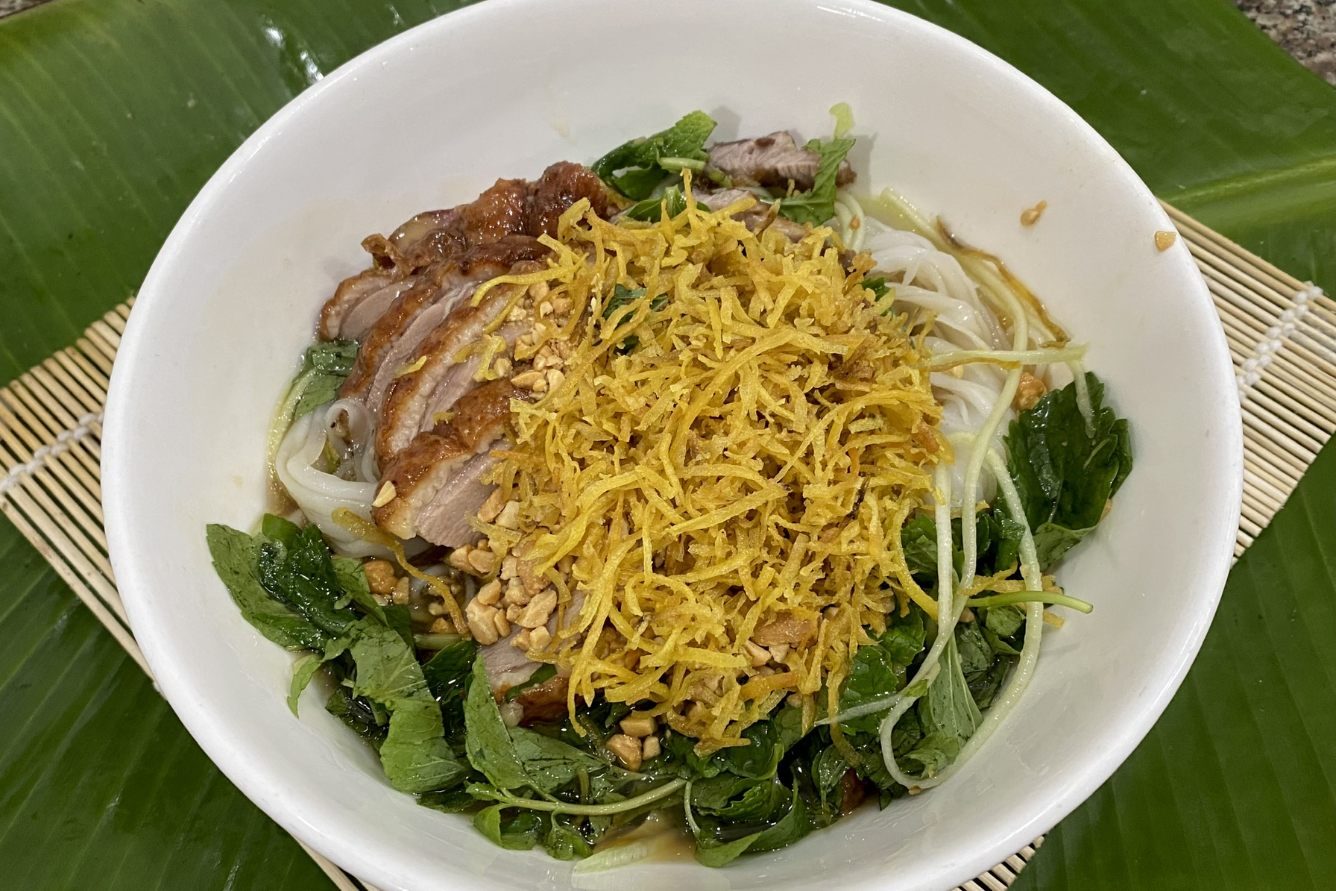
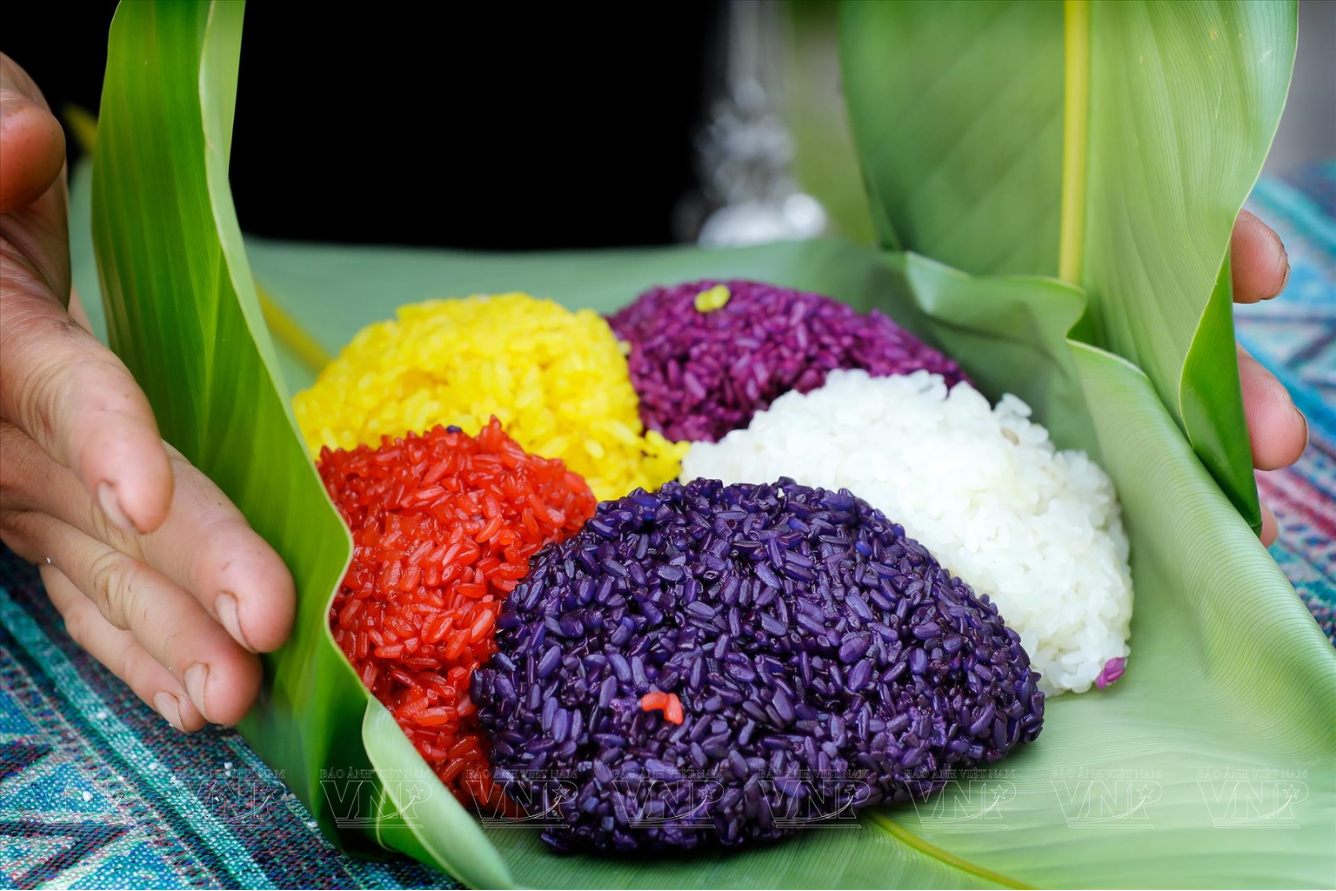



![[Photo] Discover unique experiences at the first World Cultural Festival](https://vphoto.vietnam.vn/thumb/1200x675/vietnam/resource/IMAGE/2025/10/11/1760198064937_le-hoi-van-hoa-4199-3623-jpg.webp)

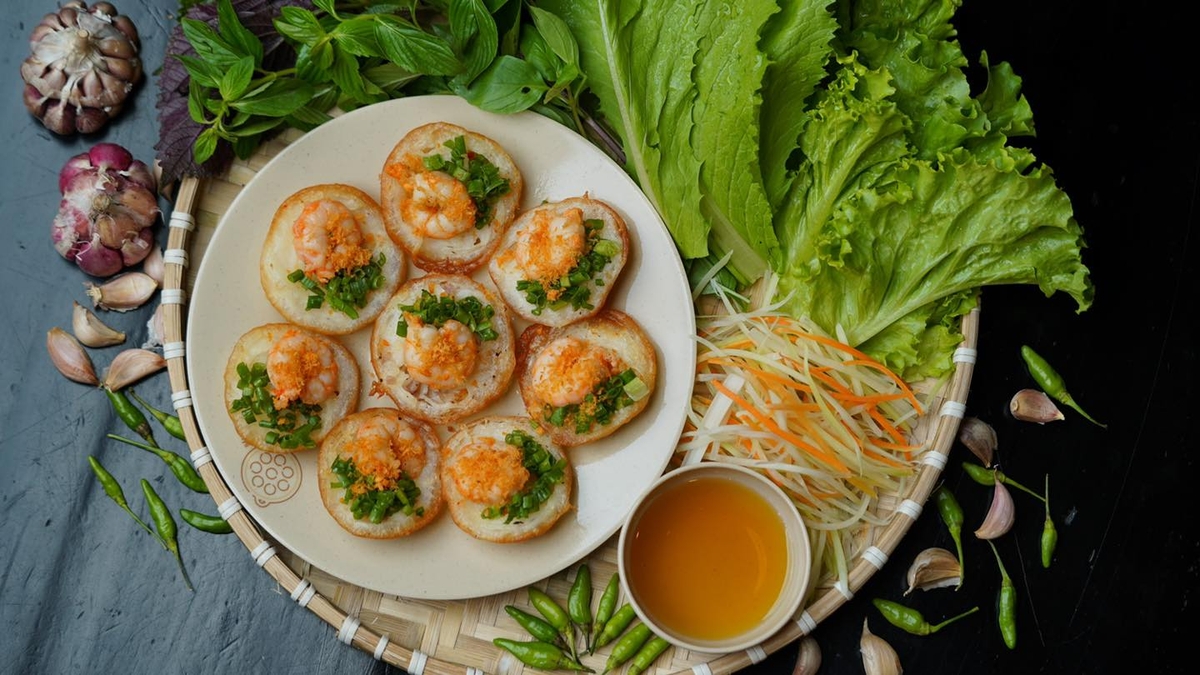


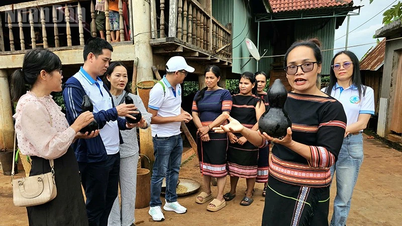



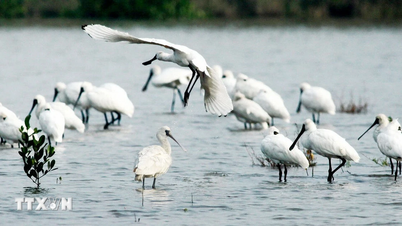

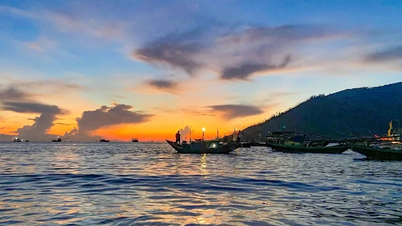


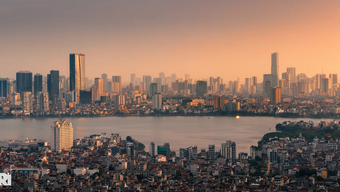

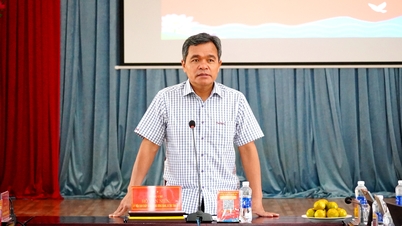
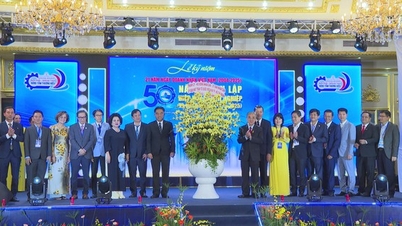

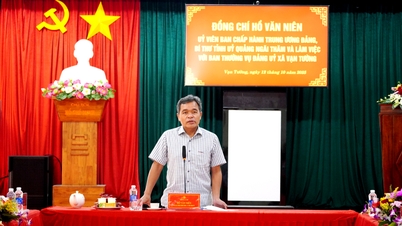

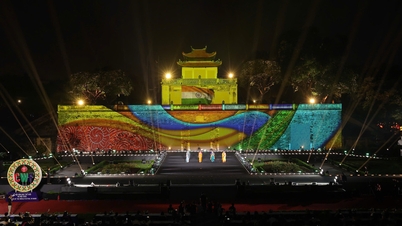
![[Photo] General Secretary attends the parade to celebrate the 80th anniversary of the founding of the Korean Workers' Party](https://vphoto.vietnam.vn/thumb/1200x675/vietnam/resource/IMAGE/2025/10/11/1760150039564_vna-potal-tong-bi-thu-du-le-duyet-binh-ky-niem-80-nam-thanh-lap-dang-lao-dong-trieu-tien-8331994-jpg.webp)



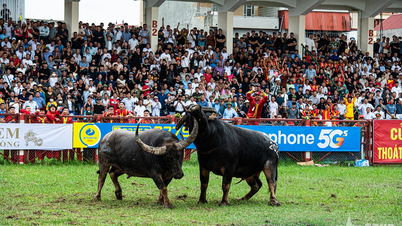

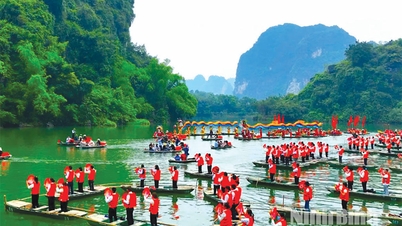



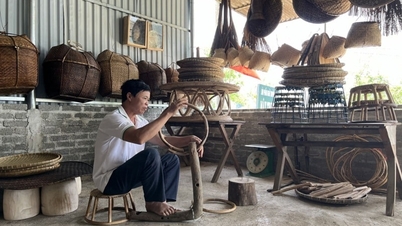


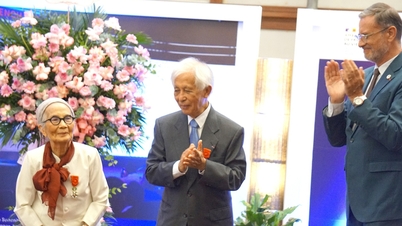








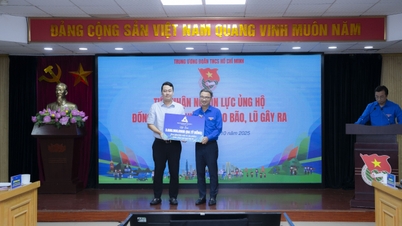


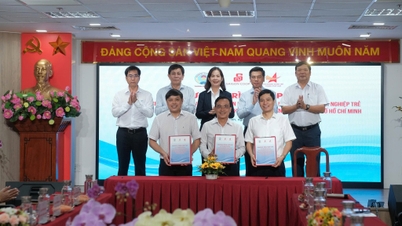


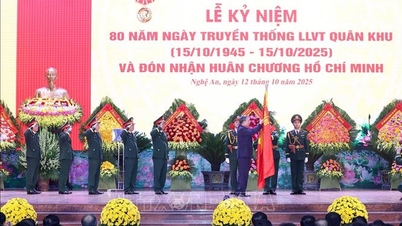




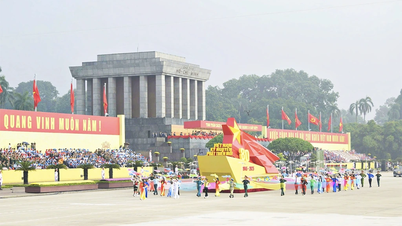

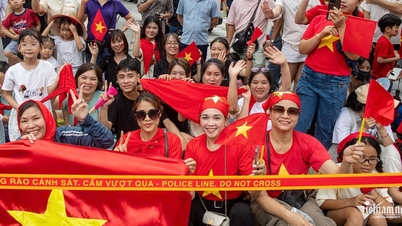




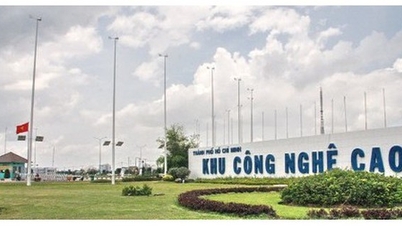



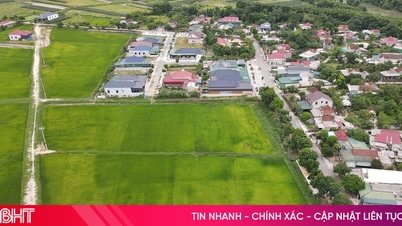







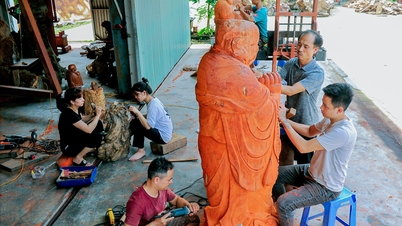
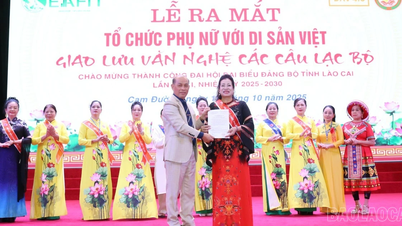











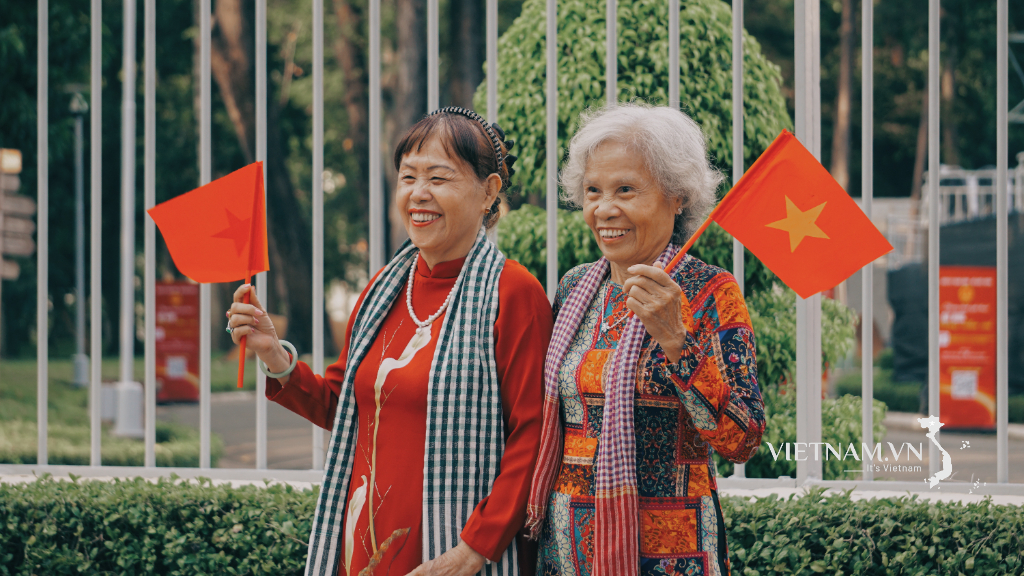

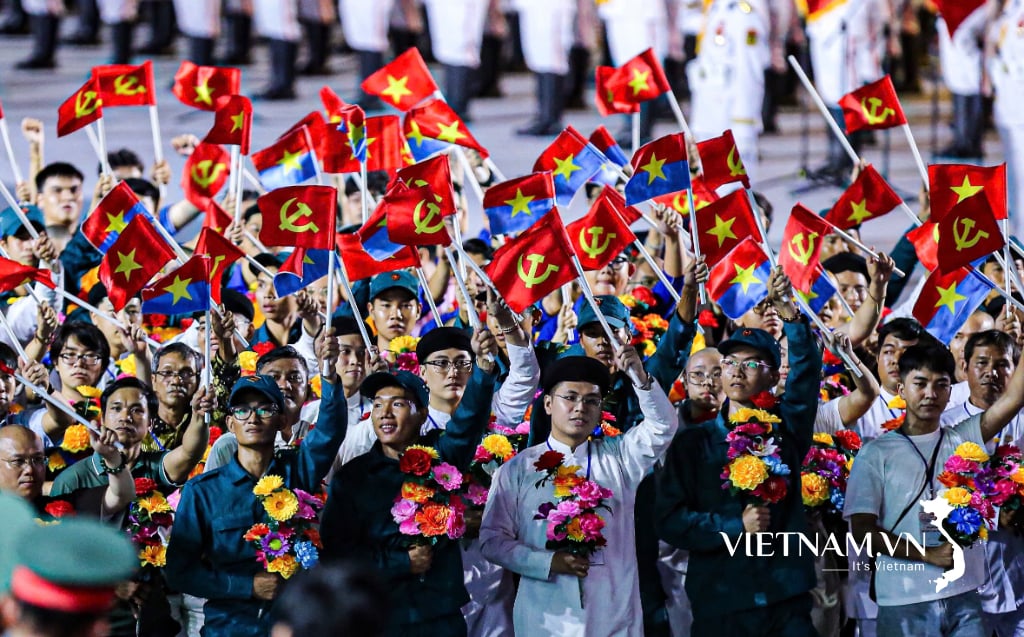

Comment (0)